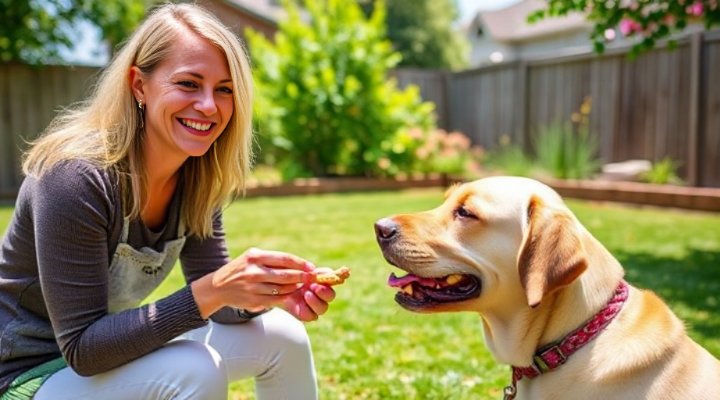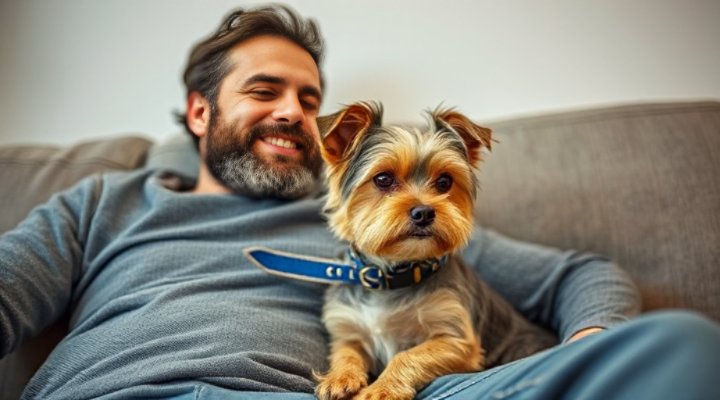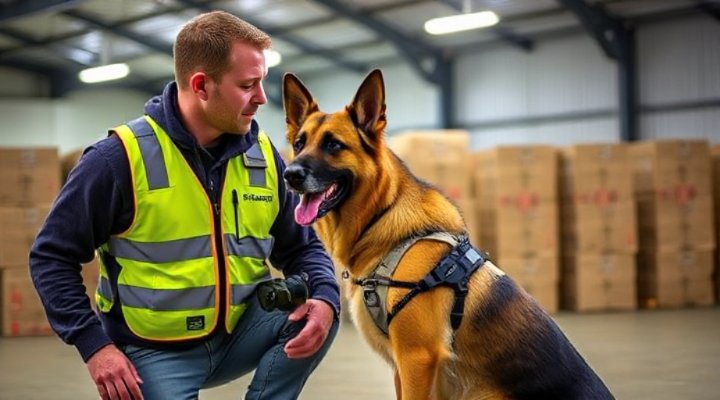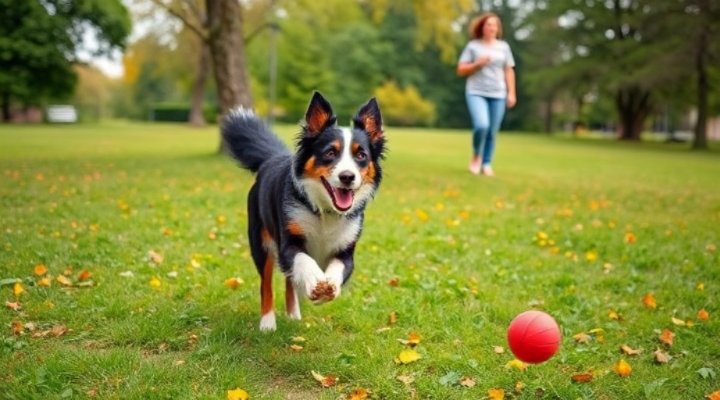Stopping dog biting is a common challenge for many pet owners. Understanding the root causes of this behavior and implementing consistent training techniques can help correct it effectively. This article explores various methods to stop dog biting, including positive reinforcement, redirection, and behavior correction. By following these techniques, you can ensure a safer and happier environment for both you and your furry friend.

Understanding Why Dogs Bite
Dogs bite for various reasons, including teething, playfulness, fear, or aggression. Puppies often bite during teething, while adult dogs may bite due to anxiety or territorial behavior. For instance, my neighbor’s Labrador used to nip at visitors until we identified it as a sign of anxiety. Therefore, understanding the cause is the first step to stopping dog biting.
According to the American Veterinary Medical Association, biting is a natural behavior for dogs, but it can be managed with proper training. Similarly, our article on Bite Training for Dogs provides more insights into this behavior.

Effective Training Techniques to Stop Dog Biting
Positive Reinforcement
Positive reinforcement is one of the most effective methods to stop dog biting. Reward your dog with treats or praise when they exhibit good behavior. For example, if your dog stops biting when you say ‘no,’ immediately give them a treat. This reinforces the desired behavior.
Our guide on Positive Reinforcement Dog Training offers detailed steps on how to use rewards effectively.

Redirection
Redirecting your dog’s biting to appropriate toys or chew items can also help. When your dog starts biting, offer them a chew toy instead. This teaches them what is acceptable to bite. Above all, consistency is key. Make sure everyone in the household follows the same rules.
For more tips on redirection, check out our article on 10 Fun Tricks to Teach Your Dog.

Behavior Correction Methods
If your dog’s biting is due to aggression, behavior correction methods may be necessary. Consult a professional dog trainer or a dog therapist for severe cases. Meanwhile, avoid punishing your dog, as this can worsen the behavior.
The ASPCA recommends seeking professional help for aggressive dogs to ensure safety for everyone involved.

Conclusion
Stopping dog biting requires patience, consistency, and understanding. By identifying the root cause and using techniques like positive reinforcement and redirection, you can effectively manage this behavior. Remember, every dog is unique, so what works for one may not work for another. Keep experimenting until you find the best solution for your furry friend.
For more training tips, explore our Good Dog Training Guide.
Related Keywords: dog biting, dog training, stop biting, dog behavior, positive reinforcement, puppy training, aggressive dog behavior.

